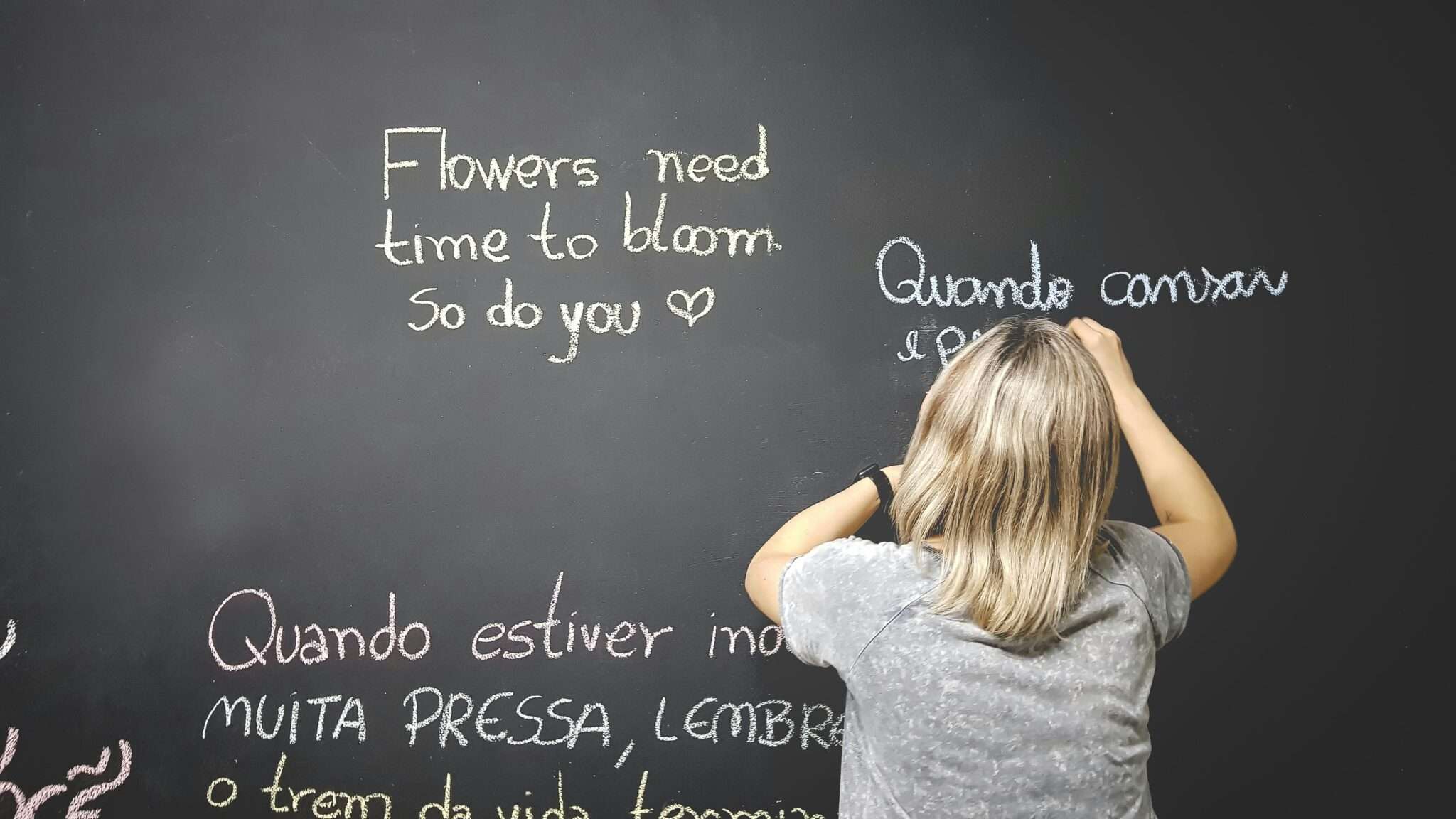Proprietary survey and research data from a DC think tank have demonstrated that a greater percentage of Americans are bilingual than the French, Italians, or British, despite these Europeans having a more immediate need for bilingualism.
Visits to Milano, Paris, or Amsterdam may have given generations of Americans the wrong idea about the talent inherent in the tongues of Europeans: namely that all can easily produce 2 or 3 languages.
The "America the Bilingual Project" has found that the EU average for number of bilingual citizens is 25% of a country's population, while the US is 23%—a few percentage points higher than France and Britain, just 5% less than Germany, and double that of the Italians.
There are approximately 76 million bilingual Americans, which is 3-times as many as Germany, the next highest country in Europe in terms of absolute numbers of bilingual citizens, but also represents more speakers of the world's most-spoken languages than any other country.
The US has more English-Spanish bilinguals than all of Latin America combined, so it's no surprise that the Project found that 66% of American bilinguals are Spanish speakers, but the US also contains more than one million speakers of seven other languages. These include Tagalog (Filipino), Vietnamese, Mandarin Chinese, Yue Chinese (Cantonese), Korean, but also French and German.
The US has between 100,000 and 1 million speakers of 35 other languages, the higher end represented by Portuguese, Hindi, Arabic, Russian, and Italian, and the lower end represented by Persian (Farsi), Greek, Hebrew, Romanian, Thai, Ukrainian, and Dutch.
Obviously immigration is a large part of this success story, but it wasn't always so. The trend up into the 1960s was actually the rapid abandonment of native languages over the first and second generations following immigration—a rate faster and more prevalent than what is found in any country on Earth.
However, after 1960, the trend reversed, with greater and greater rates of bilingualism developing. An estimated 10%, approximately seven million American bilinguals, grew up in English-speaking homes but managed to gain professional competence in a second language, showing that America's bilingualism boom wasn't just down to immigration.
The Project's founder Steve Leveen, believes that America's bilingual abilities represent the perfect way to build American soft power around the globe, as not only does our country contain the largest repository of native English-speakers, but also these sky-high rates of bilingualism.
SHARE This Story With Someone Who Needs To Remember To Practice…









Be the first to comment